 Abraham Lincoln
If given the truth, the people can be depended upon to meet any national crisis...
Abraham Lincoln
If given the truth, the people can be depended upon to meet any national crisis...
 Guildford news...
for Guildford people, brought to you by Guildford reporters - Guildford's own news service
Guildford news...
for Guildford people, brought to you by Guildford reporters - Guildford's own news service
Birdwatcher’s Diary No.176
Published on: 18 Dec, 2018
Updated on: 18 Dec, 2018
By Malcolm Fincham
As winter began to take shape, the lure of the seaside took me out of Surrey on a couple of day trips in a southerly direction down the A3 to one of my favourite Hampshire haunts, Farlington Marshes, near Portsmouth.
The wide expanse of low level landscape looking out across Langstone Harbour at Farlington gives good scope to focus in on flying shots of the flocks of wintering waterfowl. Even affording good views of the Spinnaker Tower standing out like a monolithic edifice on the horizon at Portsmouth Harbour.
Brent geese had now started to grow in number at Farlington. Arriving for their winter stay, I counted over 500 by the end of November, having flown their 2,500-mile journey following the coastline from northern Russia from their summer breeding grounds in Siberia.
Among them a small group of resident Canada geese could still be viewed.
The number of wintering wildfowl was continuing to grow there, allowing me in-flight photos of various species of ducks as they flew in small family groups.
Wigeon could now be seen in good numbers as they flew overhead.
Also taking a few practise pictures of shoveller ducks to add to my vast growing library of “shoveller-shots”.
A pair of shelducks flew in together from the sea.
A group of teal flew in a curving flight low across the mudflats, eventually landing in the main freshwater lagoon situated on the marshes.
Looking out to harbour the tide was only just starting to return, pushing a few birds from the now deepening water. Out on the mudflats were quite a variety of waders. Mostly too distant to define for sure without a telescope, though several curlews probed their long bills into the soft soil.
Common redshanks could also be viewed.
On the waterline the shorter legged dunlins and a few other species of waders were attempting to continue feeding at the waters edge. This was on the rising tide, taking flight from time to time as the sea rose above their legs.
A group of little egrets could also be picked out.
While a lone one nearby continued to fish in one of the deepening pools.
From the viewing point at the main lagoon, small groups of black-tailed godwits flew in off the harbour to join up with a pantheon of them that had already settled in a large group that had already gathered, heads tucked in, snoozing.
A small colony of avocets rested out on the main body of fresh water.
Along with a deceit of lapwings.
And a knob of drake pintails, heads tucked in.
In the reed beds around the edges of the lake a few teal could be picked out.
Alongside them, and as always well camouflaged, several common snipe could be viewed.
Other oddments such as a grey plover and a lapwing could also be viewed.
In a water-filled drainage ditch a pair of shoveller ducks dabbled and sifted with their large spoon-shaped bills in shallow water.
Walking the circular route around the reserve, I first headed in the direction of the information hut. As on my many previous visits to Farlington Marshes, a kestrel could be seen hunting at close quarters.
Although having probably taken more pictures over the years, of kestrels than any other species, I just couldn’t resist a few more snapshots of such an enigmatic bird of prey.
Having watched it as it dived into some long grass, in its attempt to catch a small mammal, I awaited its re-emergence, “snatching” a few shots as it took flight, unsuccessful, on this occasion in its mission.
A short while after I recognised another bird, one of which I have rarely had the good fortune to photograph.
Cetti’s warblers have become fairly common in recent years in southern-most counties of the UK. They are renowned for being very vocal, but at the same time extremely elusive. To my good fortune this one perched out just long enough for me to focus my camera.
A little further down the track a dunnock perched on a fence, pleading to be photographed!
A stonechat also made an appearance, perching up on a stem in the field nearby.
While a small flock of linnets passed through.
The art of birdwatching certainly involves being alert at all times, especially when in the hope capturing shots of birds in flight. What wasn’t there one minute, can often be flying out of sight the next.
A glance behind me made me aware of a large bird of prey heading in my direction. At first I thought, maybe common buzzard, but soon realised my mistake.
It was a marsh harrier! Drifting through, overhead, I attempted a few record shots of it.
Just in time, before it flew away over the reed beds, silhouetted by the sun.
Responses to Birdwatcher’s Diary No.176
Leave a Comment Cancel reply
Please see our comments policy. All comments are moderated and may take time to appear. Full names, or at least initial and surname, must be given.
Click on cartoon for Dragon story: Public Asked for Views on SCC’s Proposal for Reduced Speed Limits



Recent Articles
- Missing 15-year-old girl located
- What Ash Wants – Village’s Neighbourhood Plan Goes out For Consultation
- St Nicolas’ Infant School Celebrates ‘Good’ Ofsted Rating
- Former Guildford Policeman Admits Misconduct In Public Office
- Letter: Nothing Prepared Me for the Scene of Destruction
- Have You Seen Missing Scarlet-Rose?
- Guildford’s MP Cuts the Ribbon at Merrow Post Office Opening
- Letter: Recreational Rowing Might Be the Answer
- A281 Closure – Additional Works To Take Advantage of Road Closure
- Breast Screening Unit Comes To RHS Wisley


Recent Comments
- Ian Mackrell on Stoke Park Was Bought 100 Years Ago with Plans for a Public Open Space and Houses!
- Caroline Freeman on Letter: Recreational Rowing Might Be the Answer
- Diane Harris on Letter: Recreational Rowing Might Be the Answer
- alexander Ford on Guildford’s Green Day Shows Commitment to Net Zero by 2030 Remains
- Adam Aaronson on Letter: How Surveys of Public Opinion Should Be Organised
- Ben Paton on Flashback: Council Report Accepts Juneja Case Has Caused ‘Reputational Damage’
Search in Site
Media Gallery
Dragon Interview: Local Artist Leaves Her Mark At One of England’s Most Historic Buildings
January 21, 2023 / No Comment / Read MoreDragon Interview: Lib Dem Planning Chair: ‘Current Policy Doesn’t Work for Local People’
January 19, 2023 / No Comment / Read MoreA3 Tunnel in Guildford ‘Necessary’ for New Homes, Says Guildford’s MP
January 10, 2023 / No Comment / Read More‘Madness’ for London Road Scheme to Go Ahead Against ‘Huge Opposition’, Says SCC Leader
January 6, 2023 / No Comment / Read MoreCouncillor’s Son Starts Campaign for More Consultation on North Street Plan
December 30, 2022 / No Comment / Read MoreCounty Council Climbs Down Over London Road Works – Further ‘Engagement’ Period Announced
December 14, 2022 / No Comment / Read MoreDragon Interview: GBC Reaction to the Government’s Expected Decision to Relax Housing Targets
December 7, 2022 / No Comment / Read MoreHow Can Our Town Centre Businesses Recover? Watch the Shop Front Debate
May 18, 2020 / No Comment / Read More



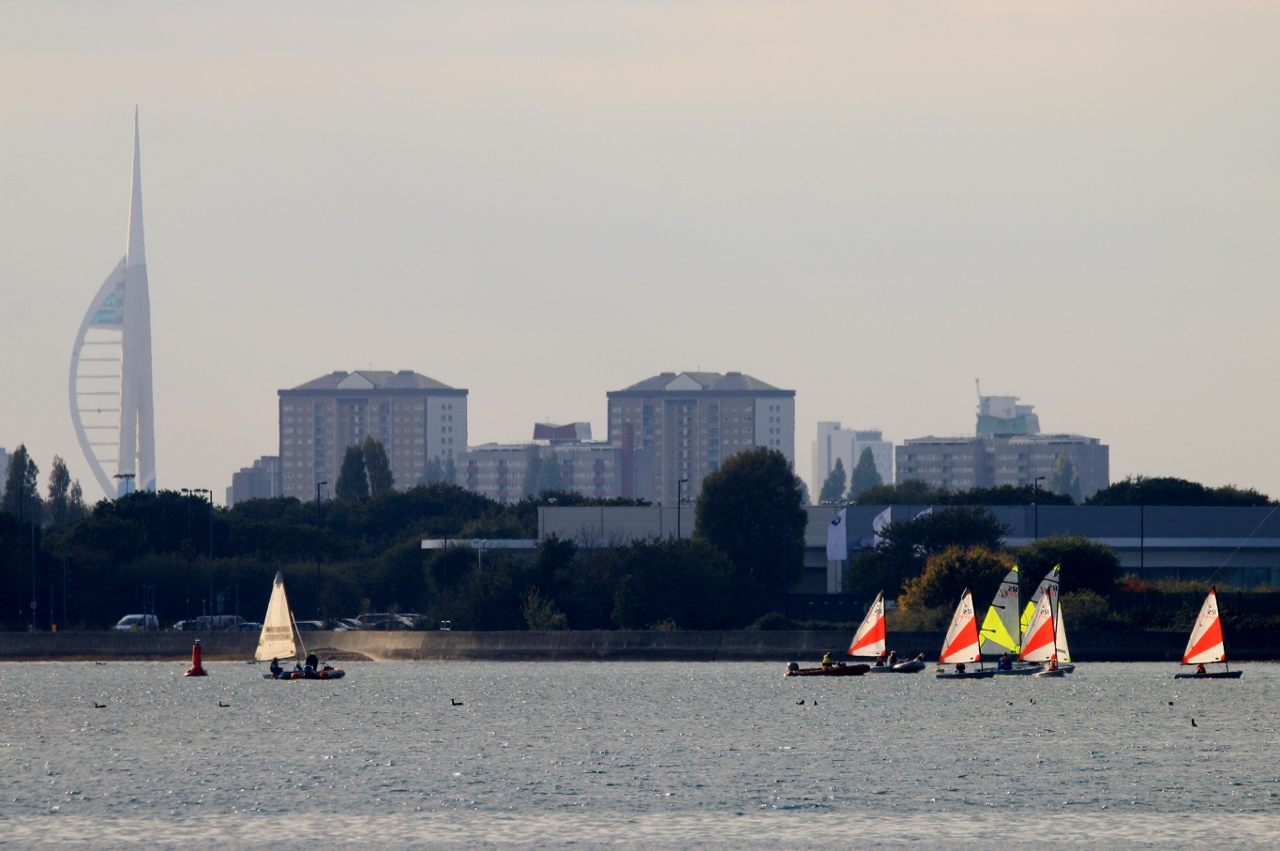
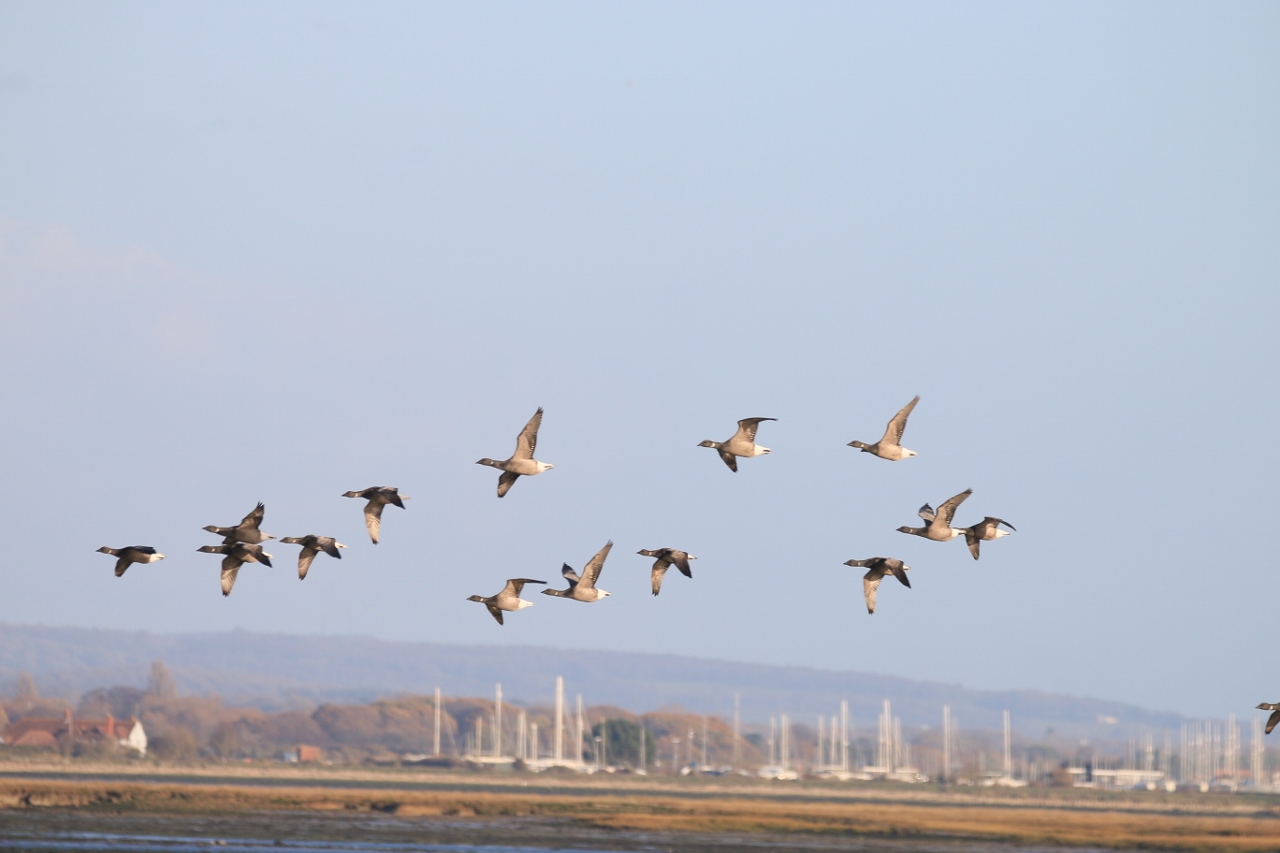
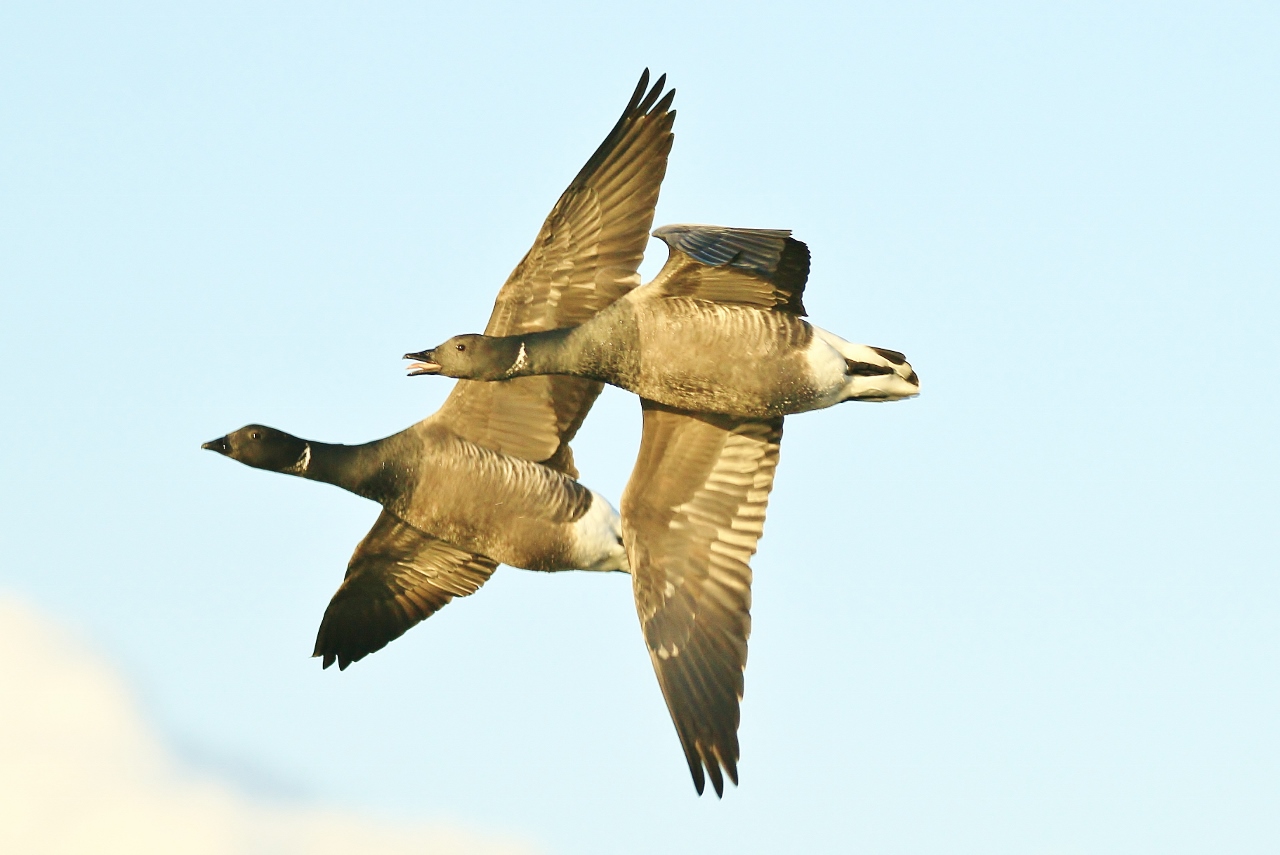
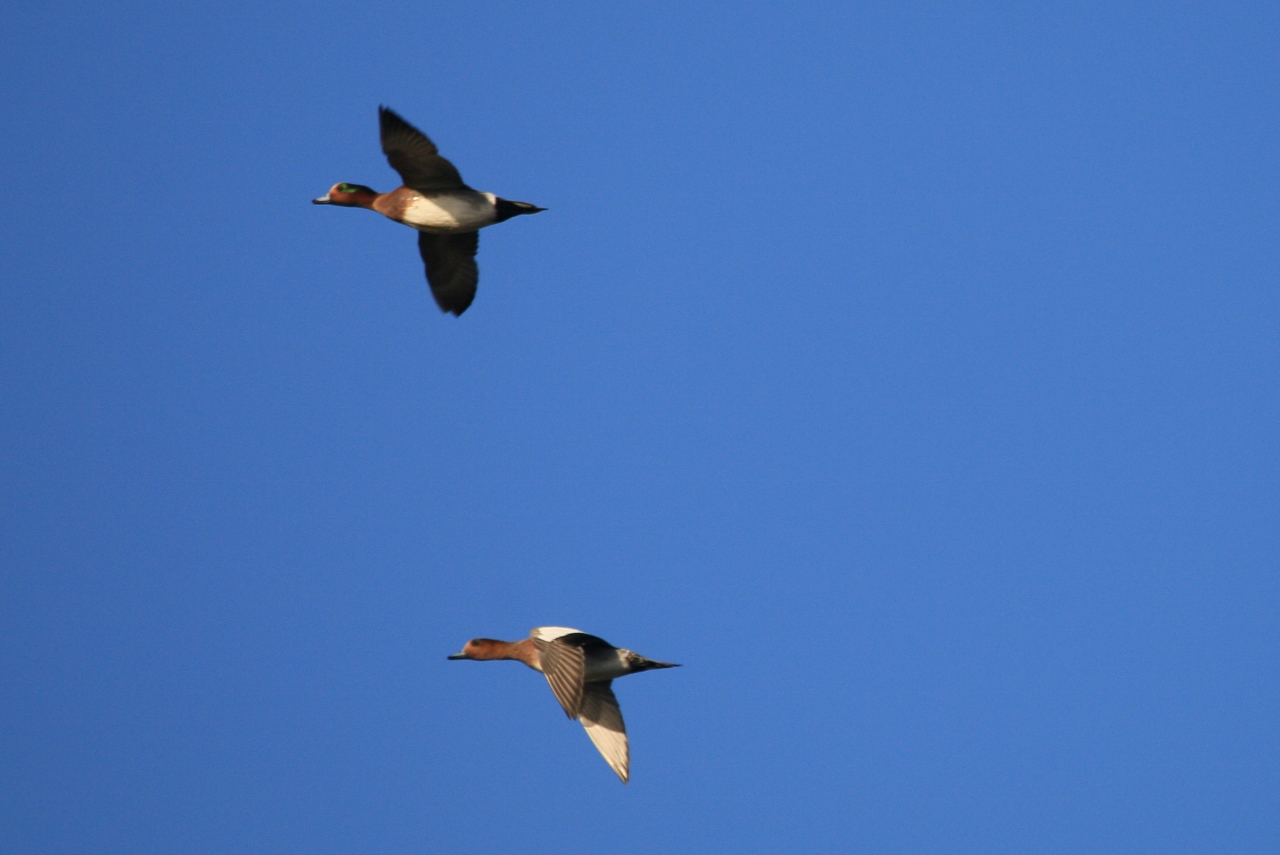
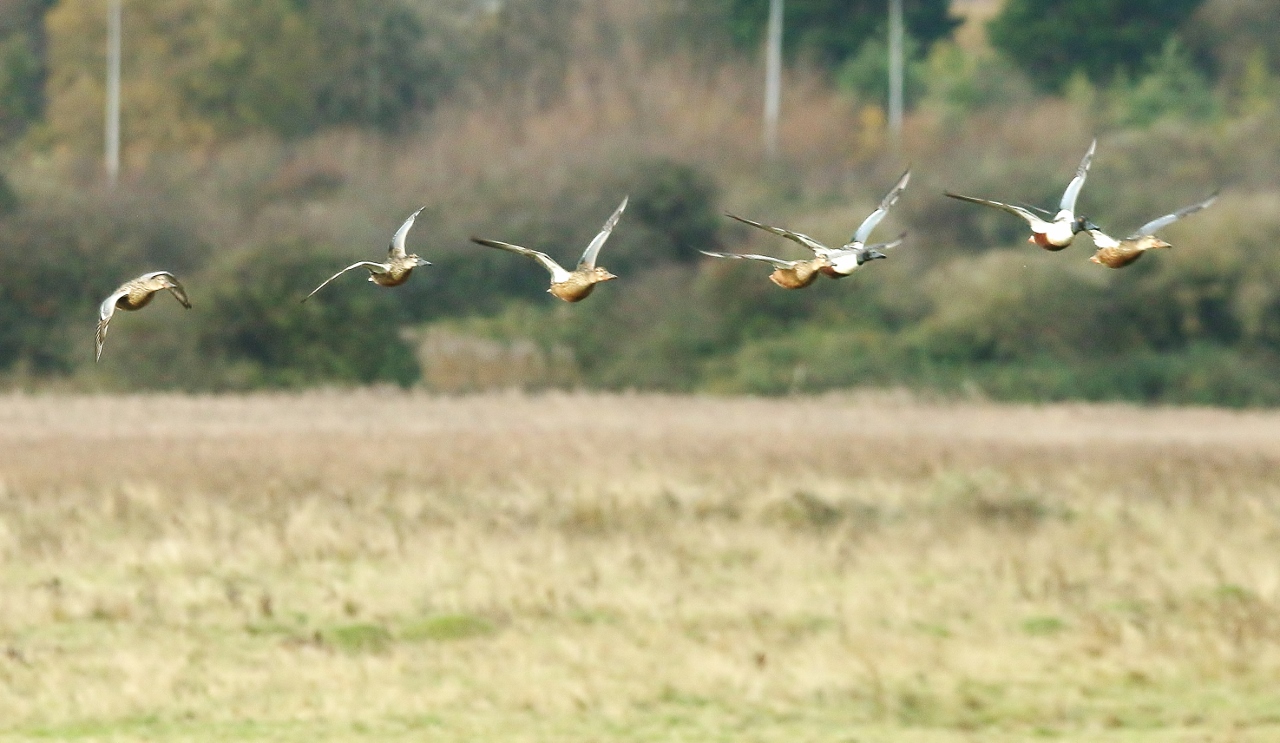
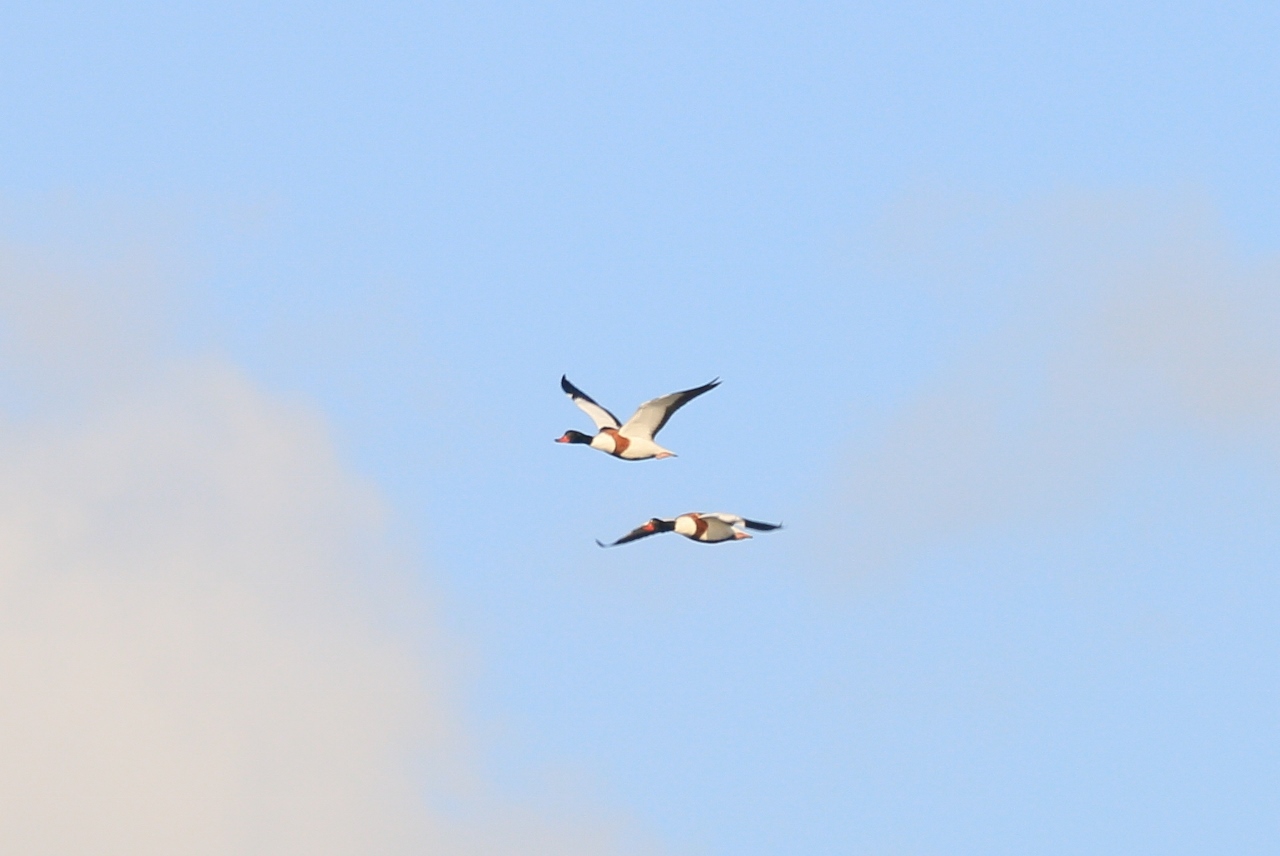
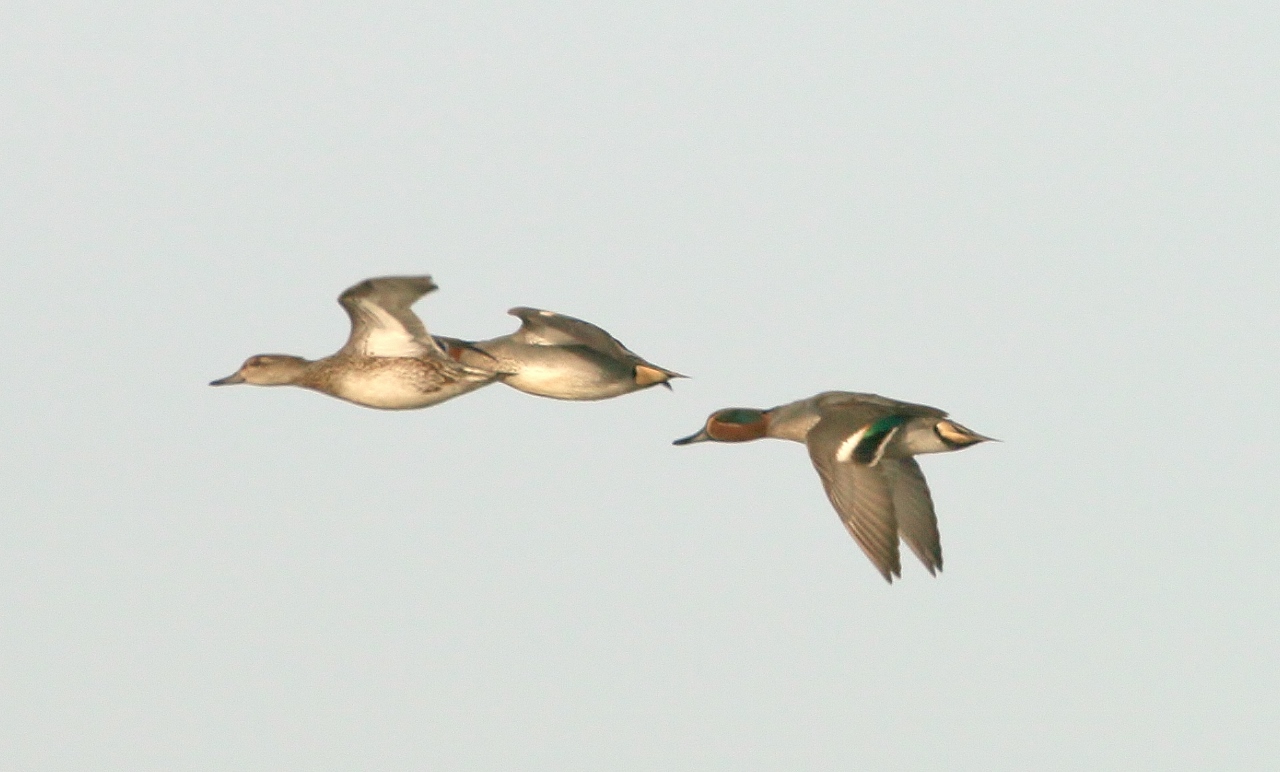
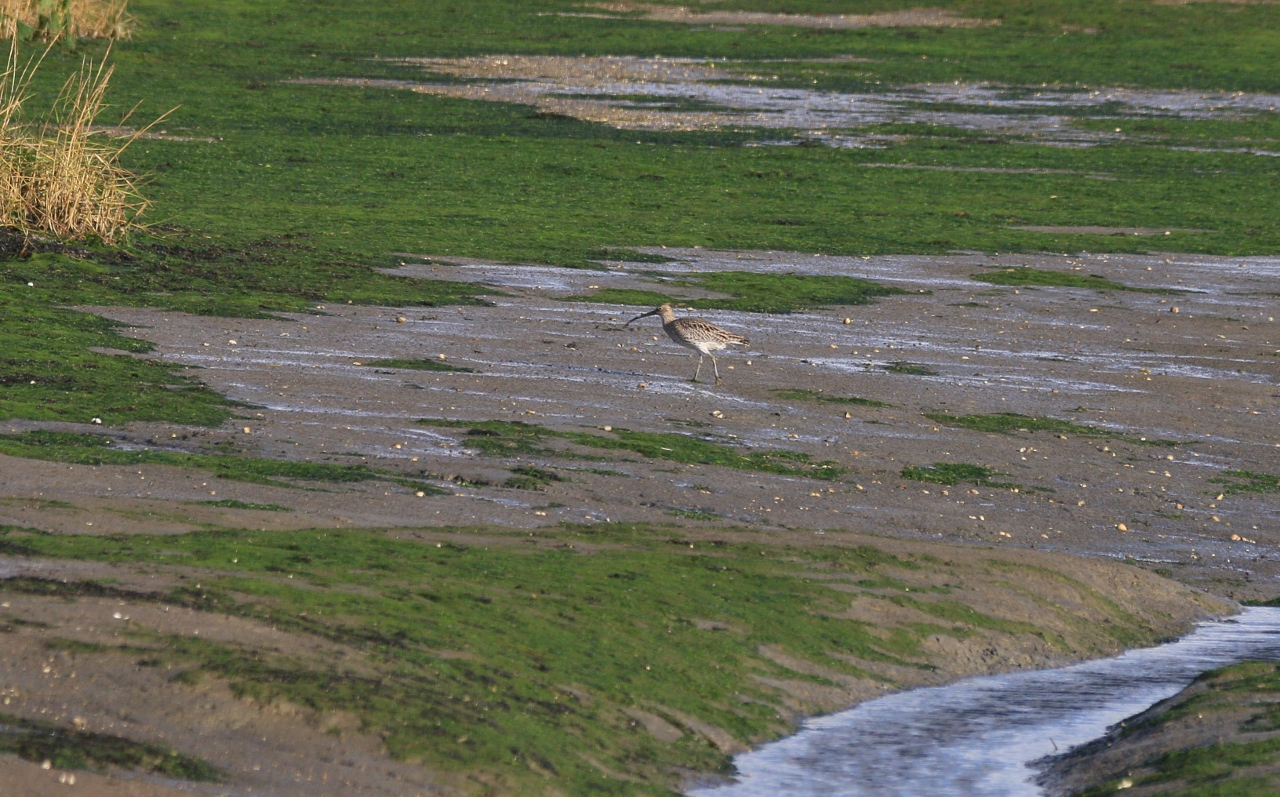
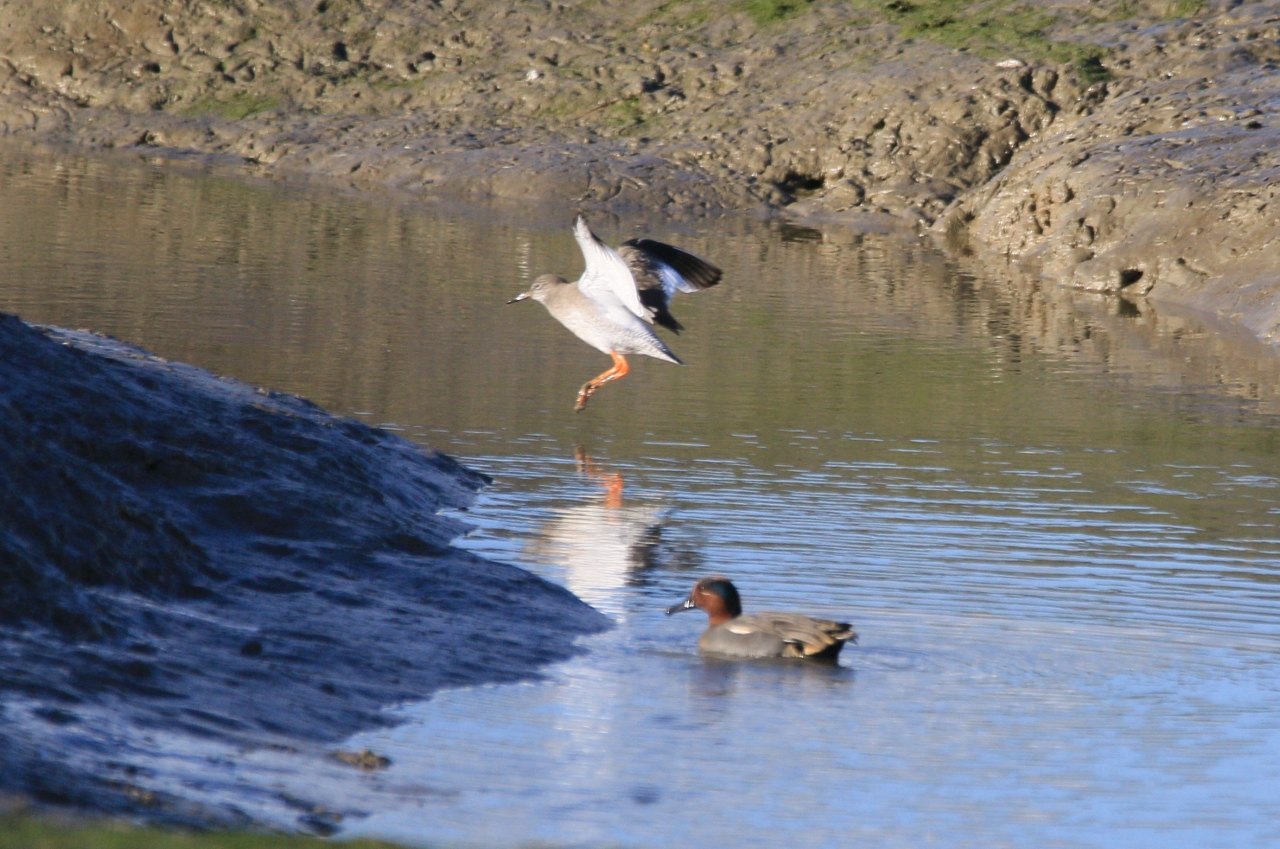
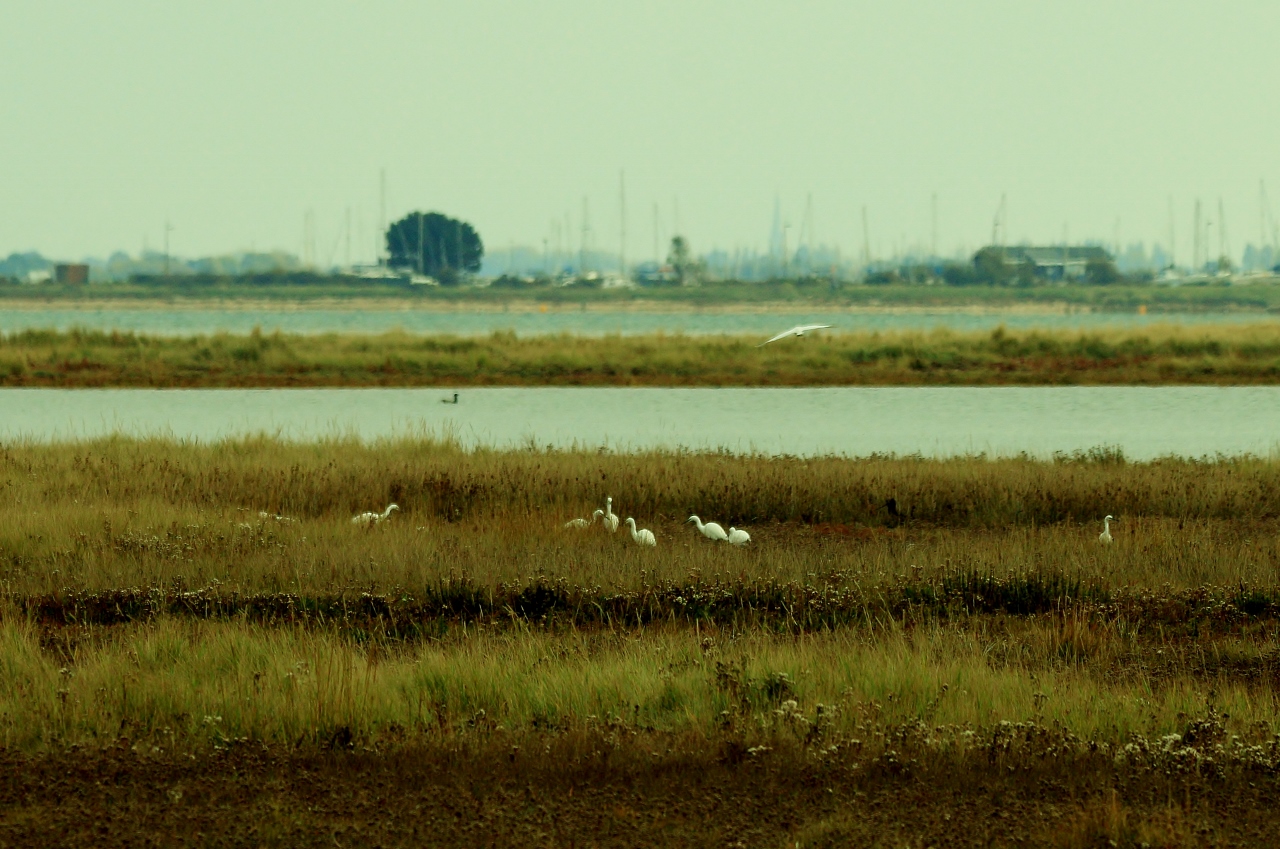
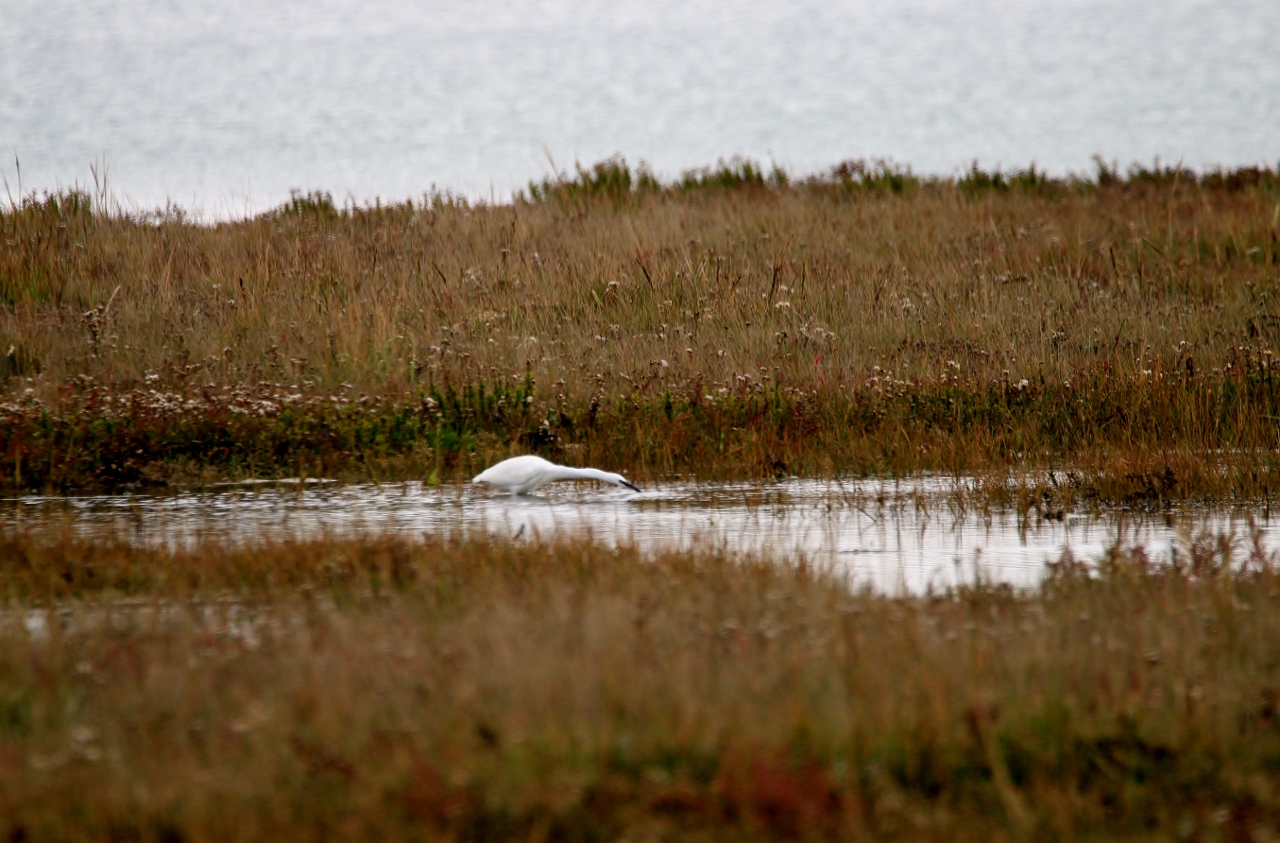
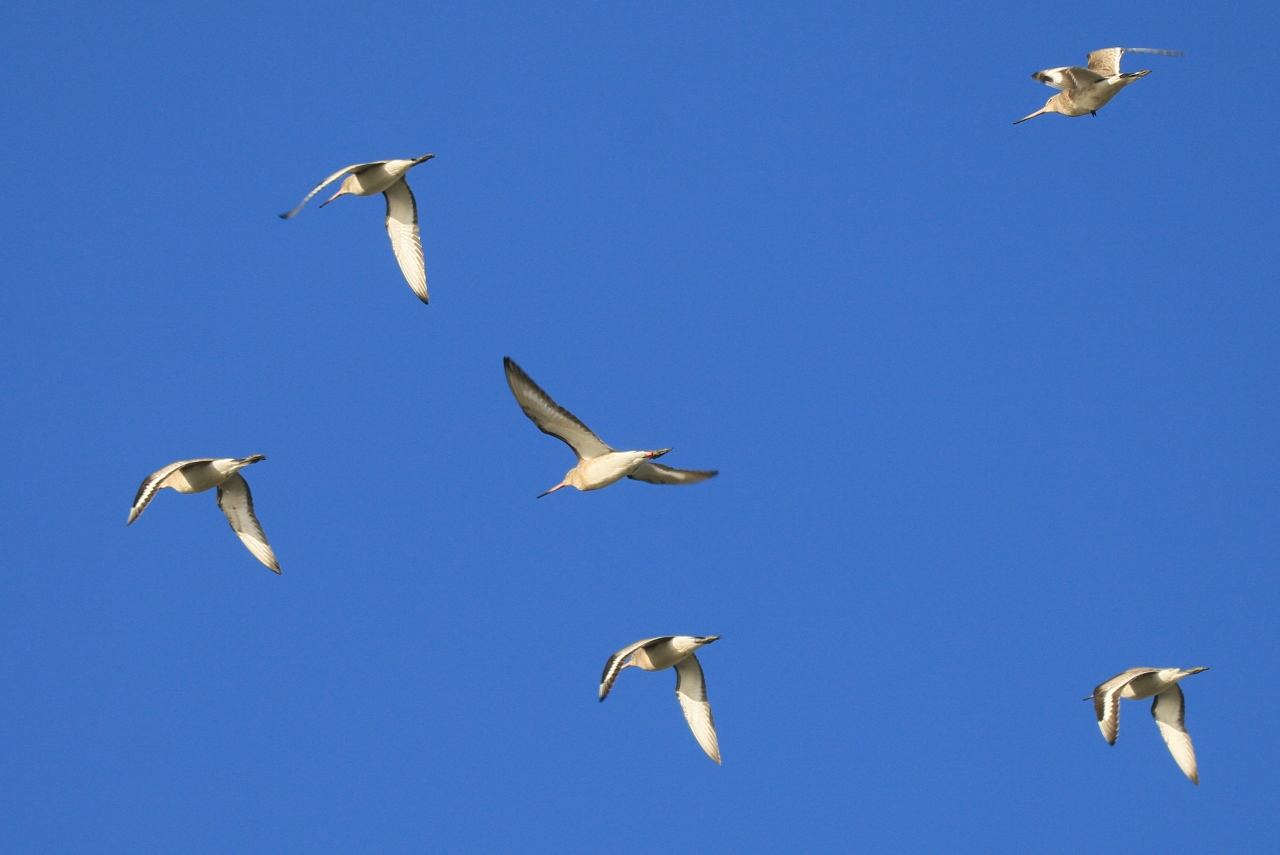
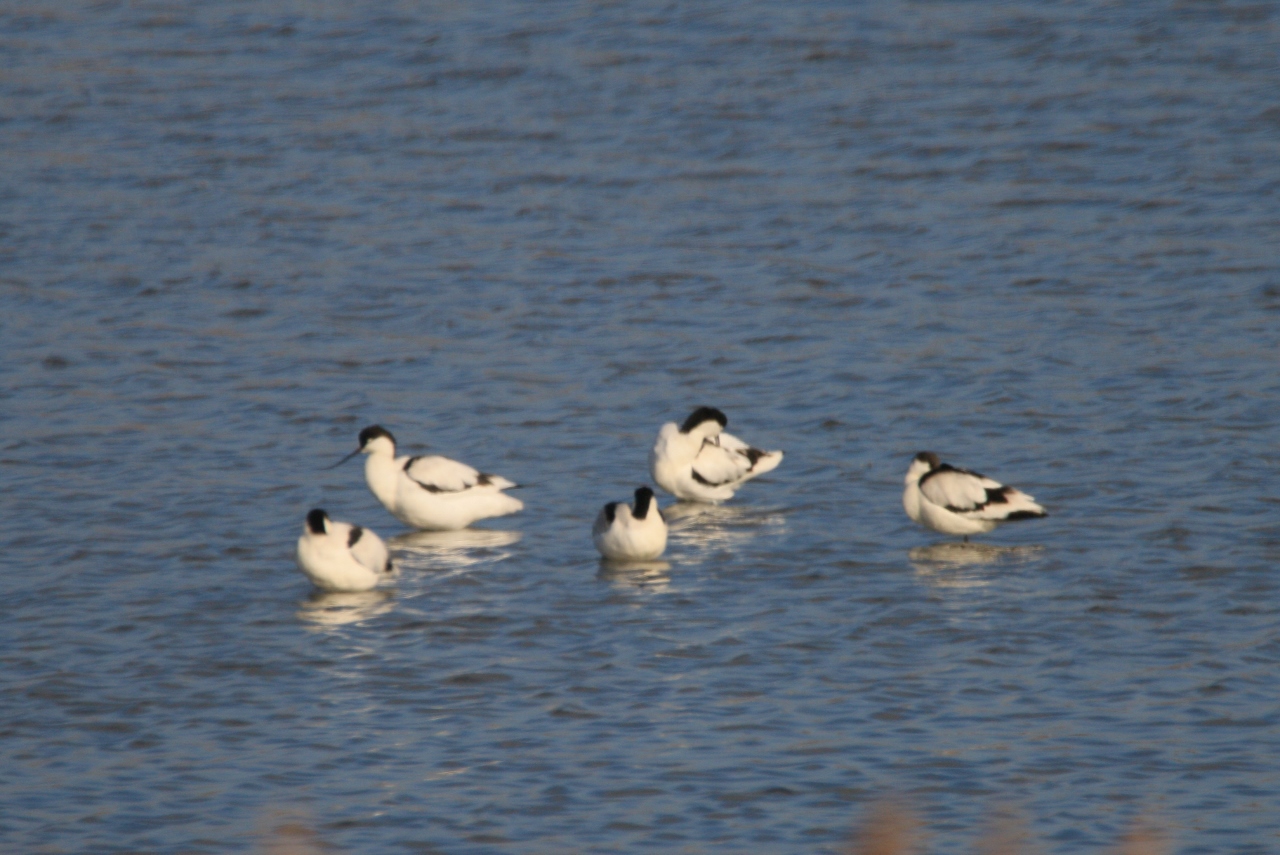
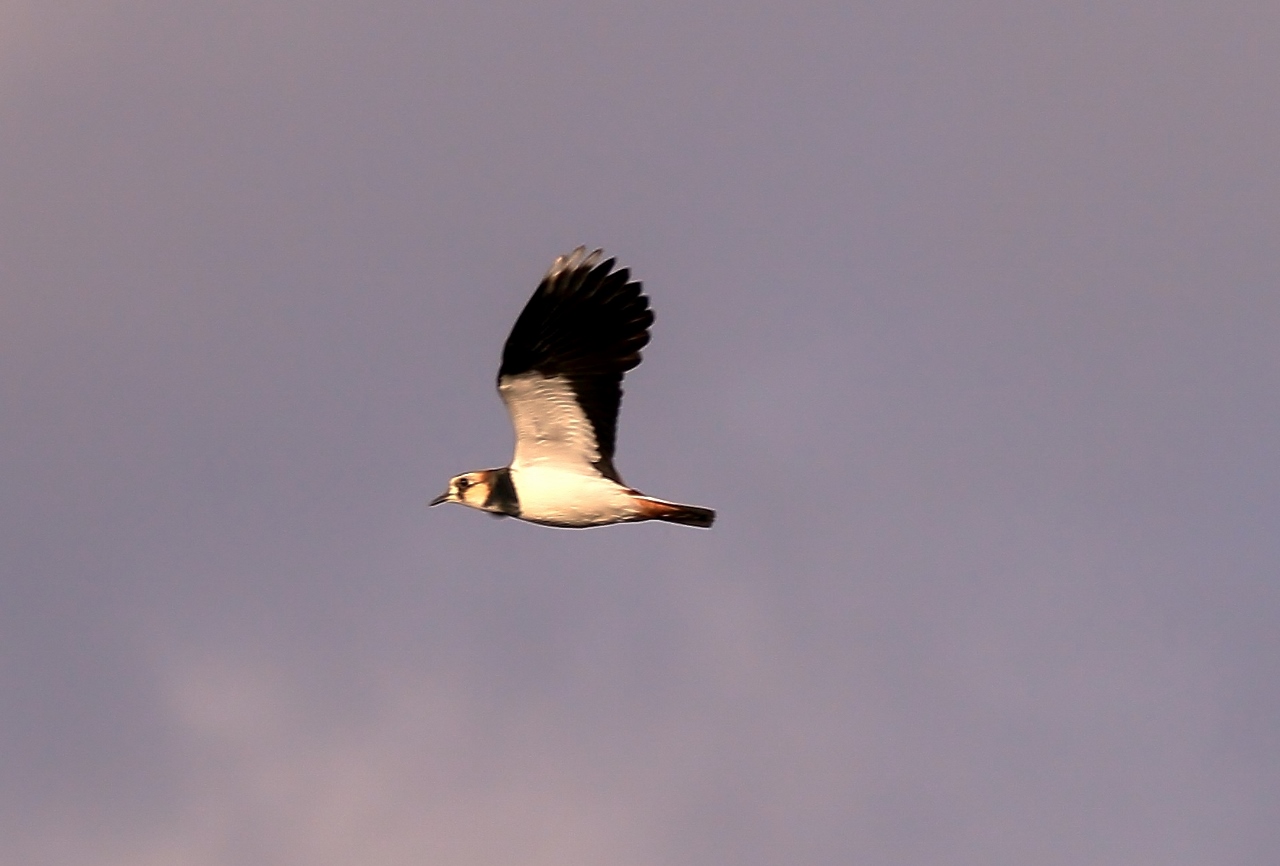

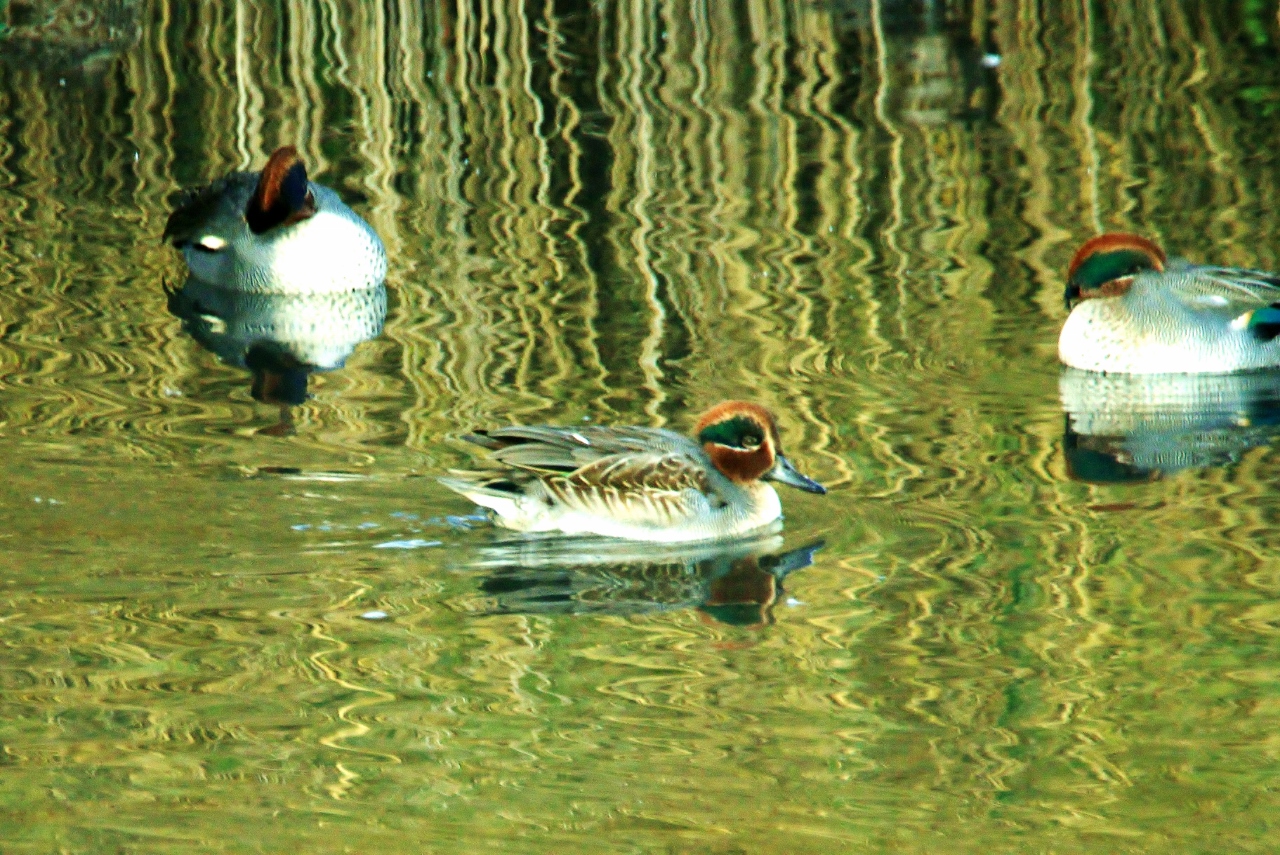
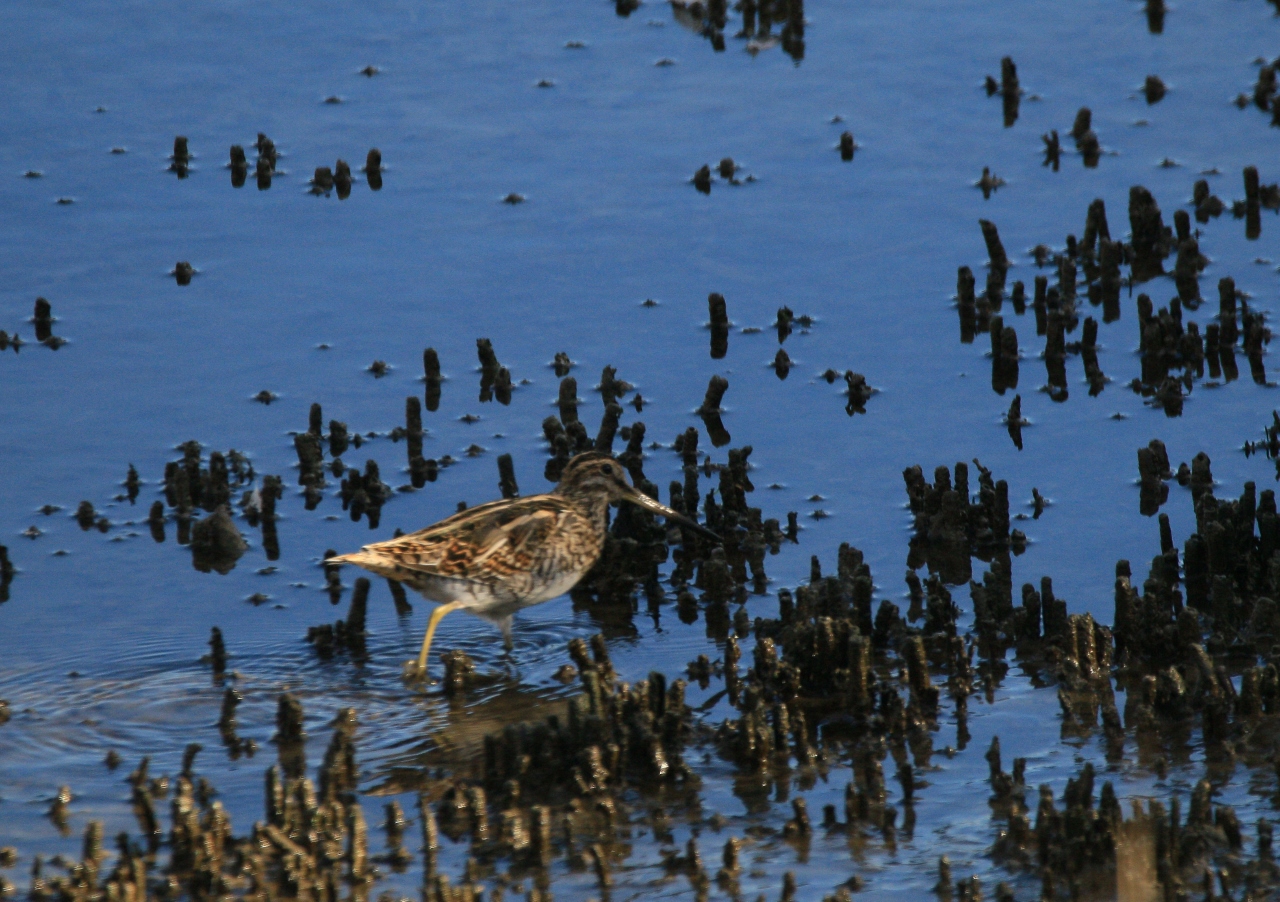
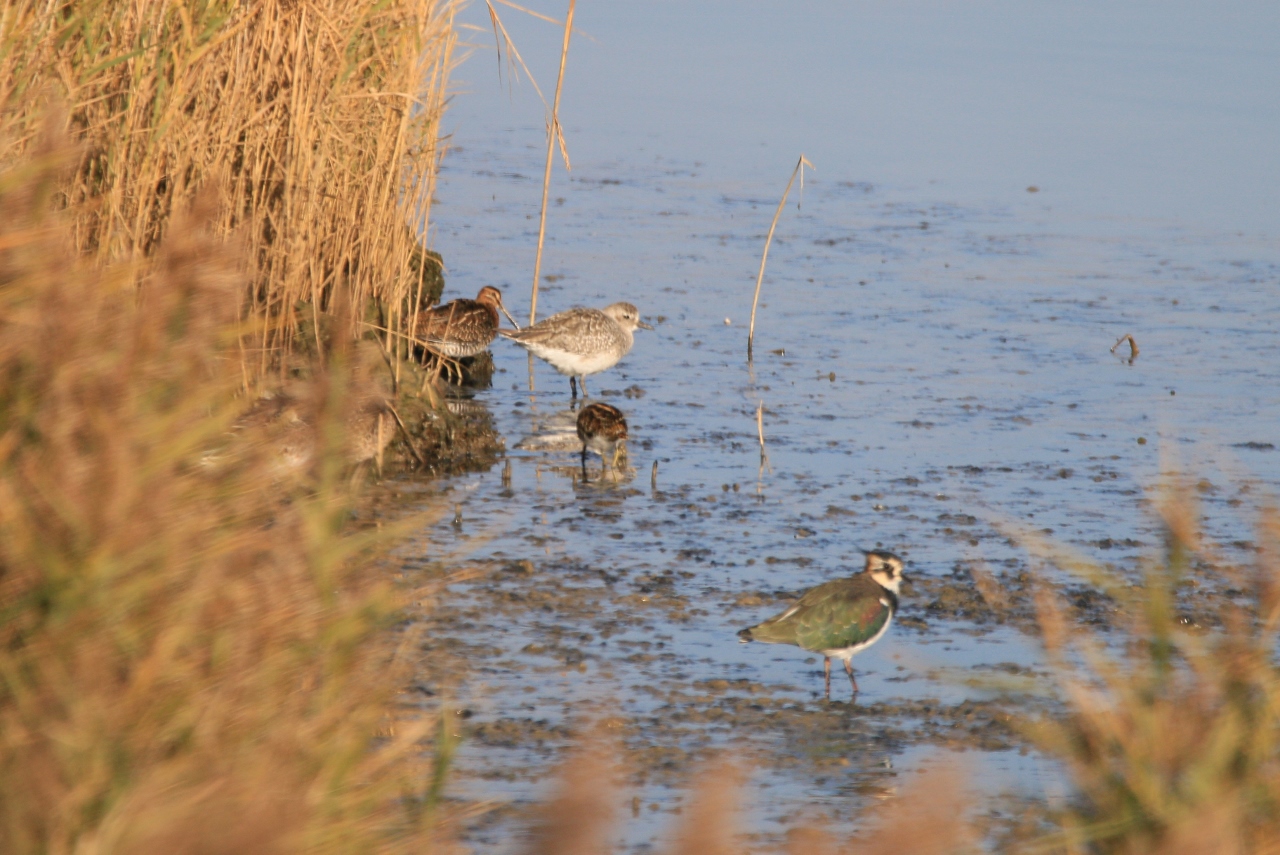
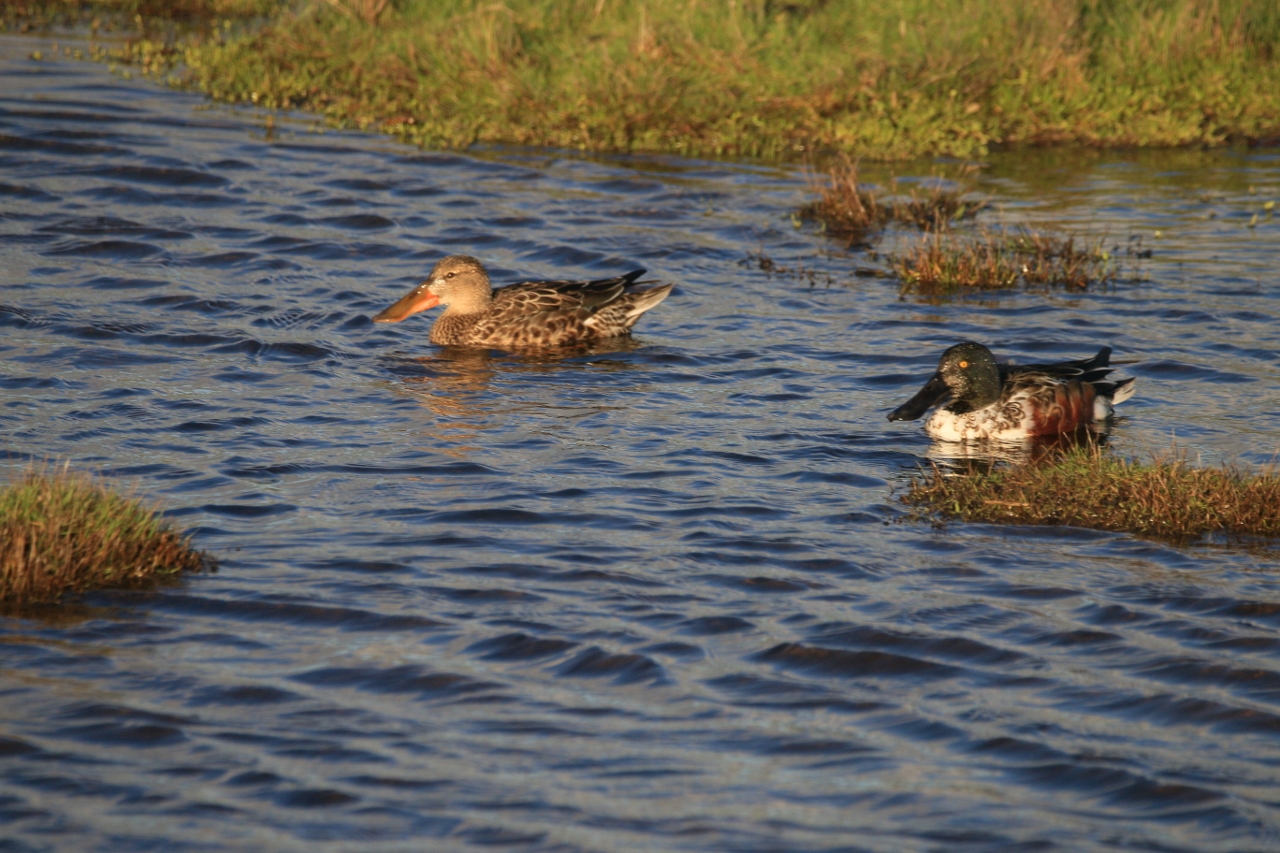
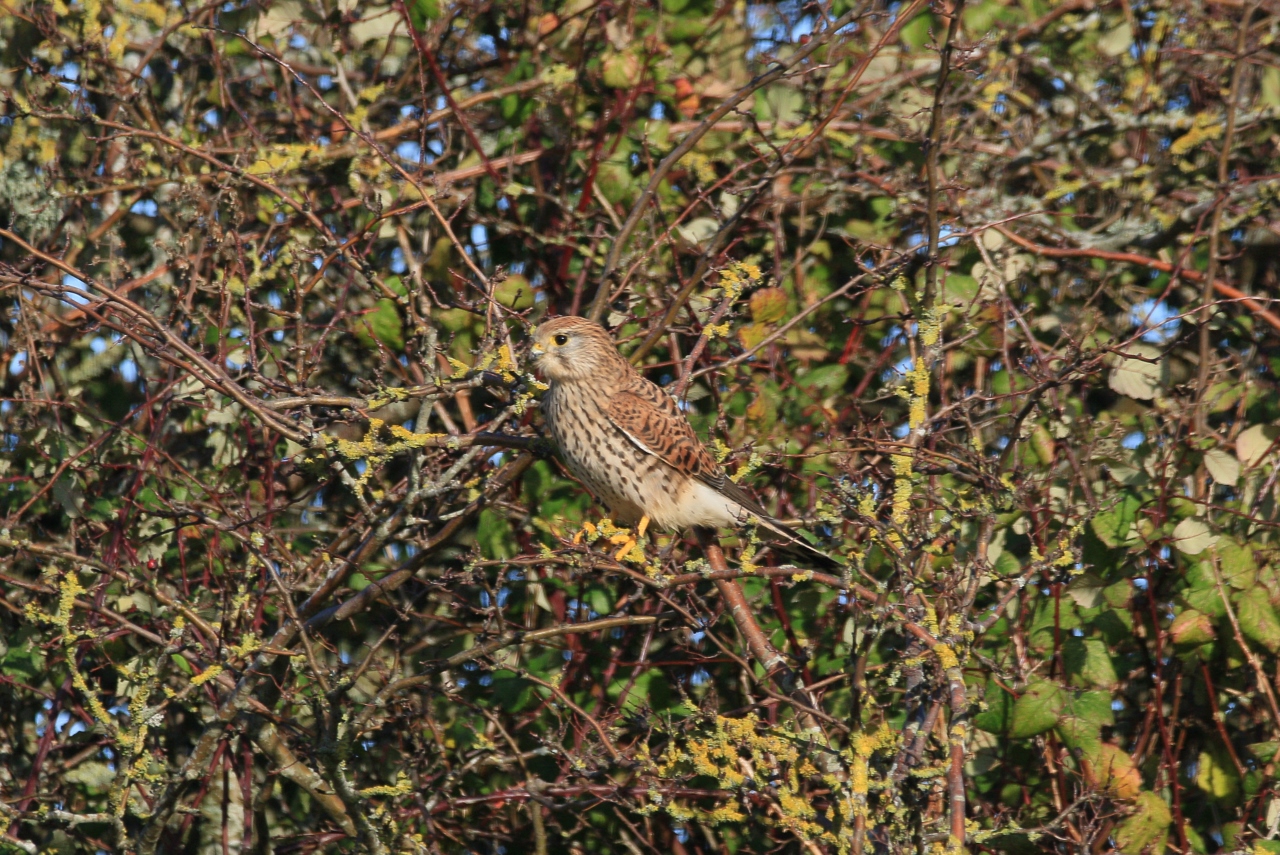
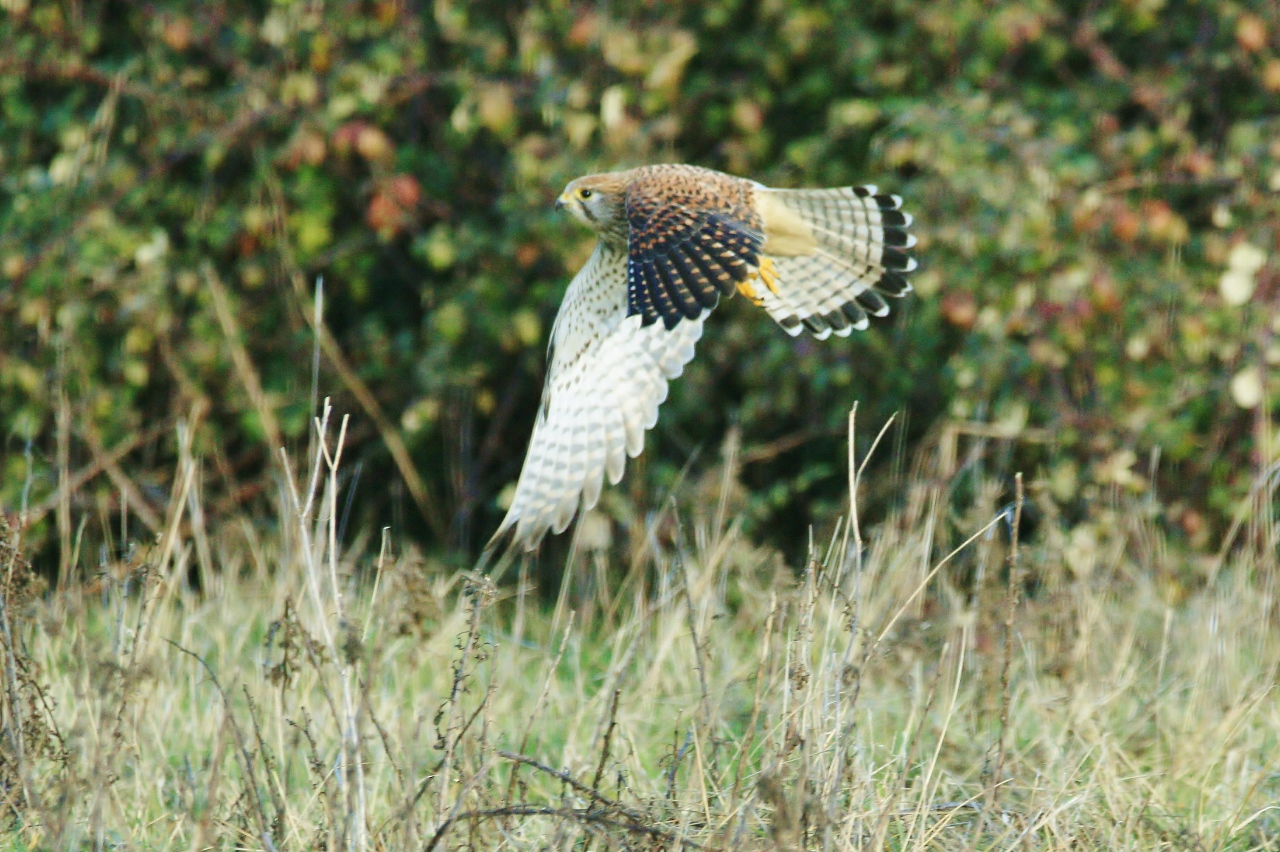
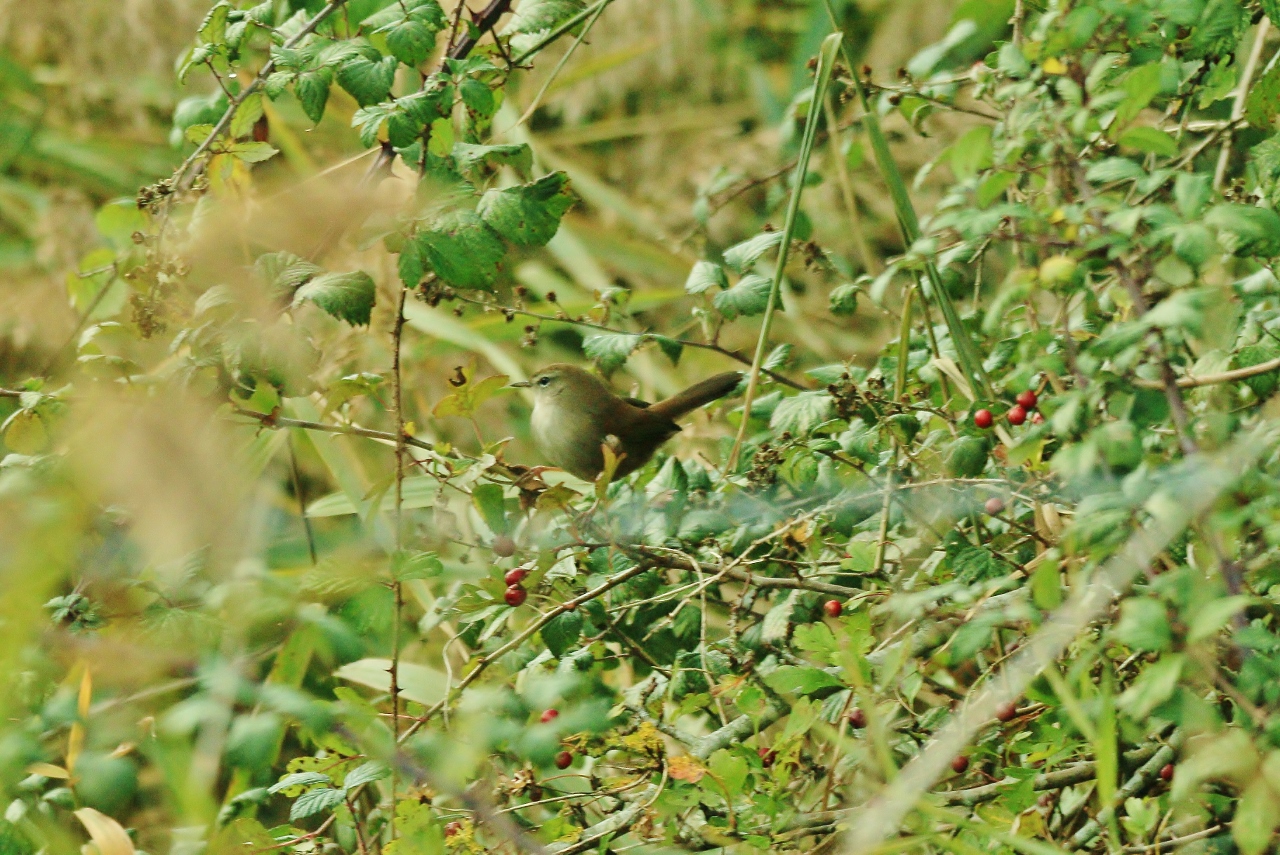
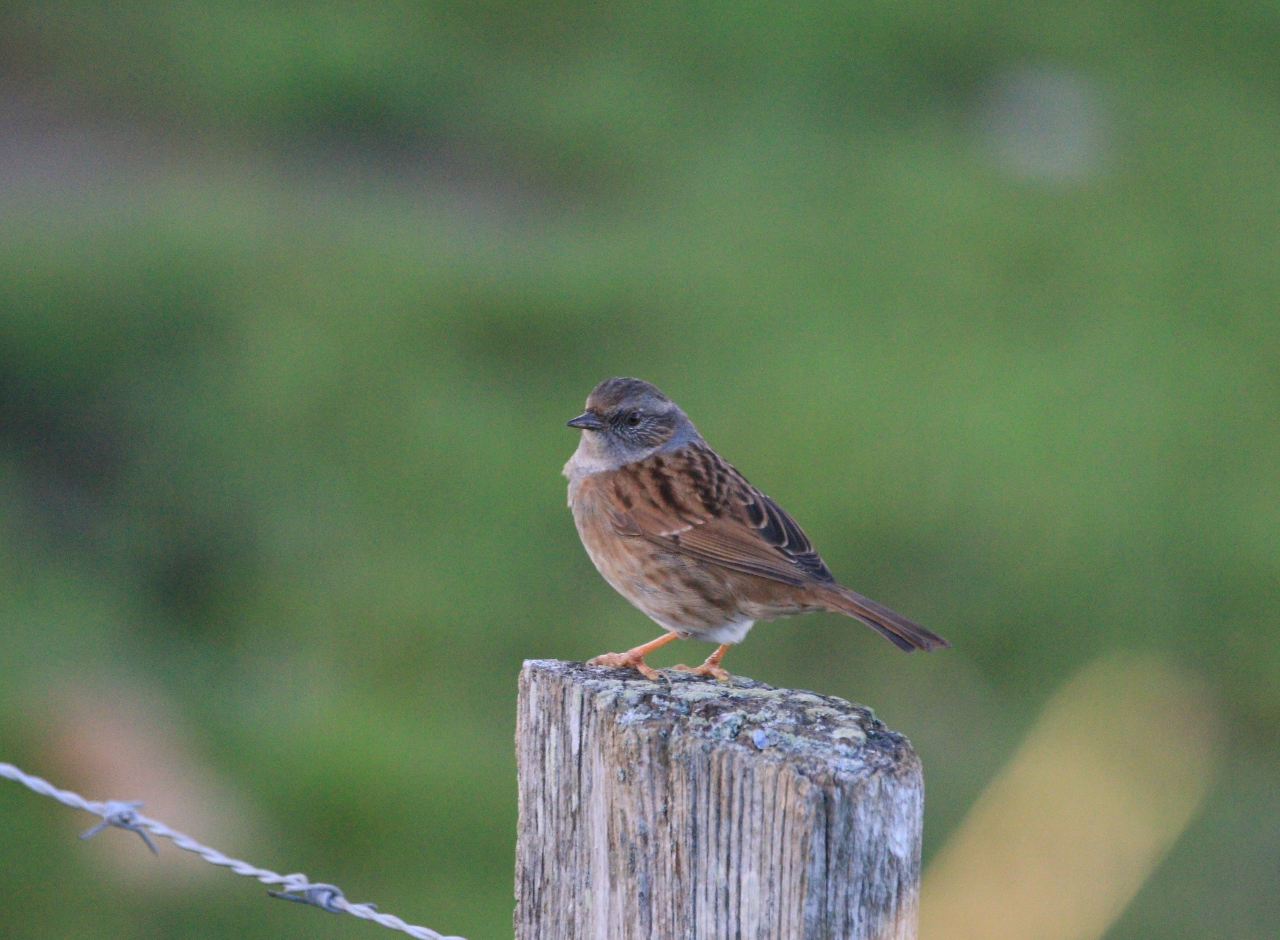

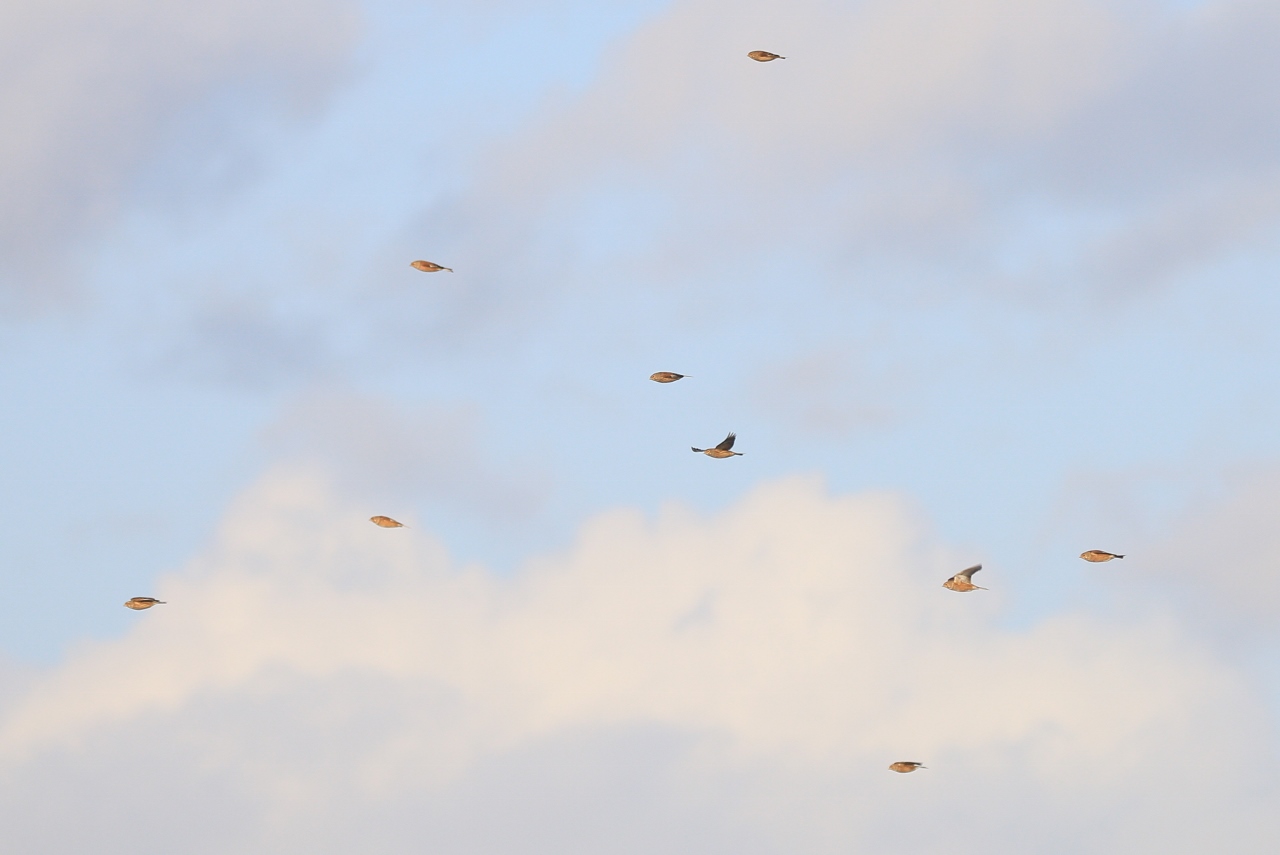
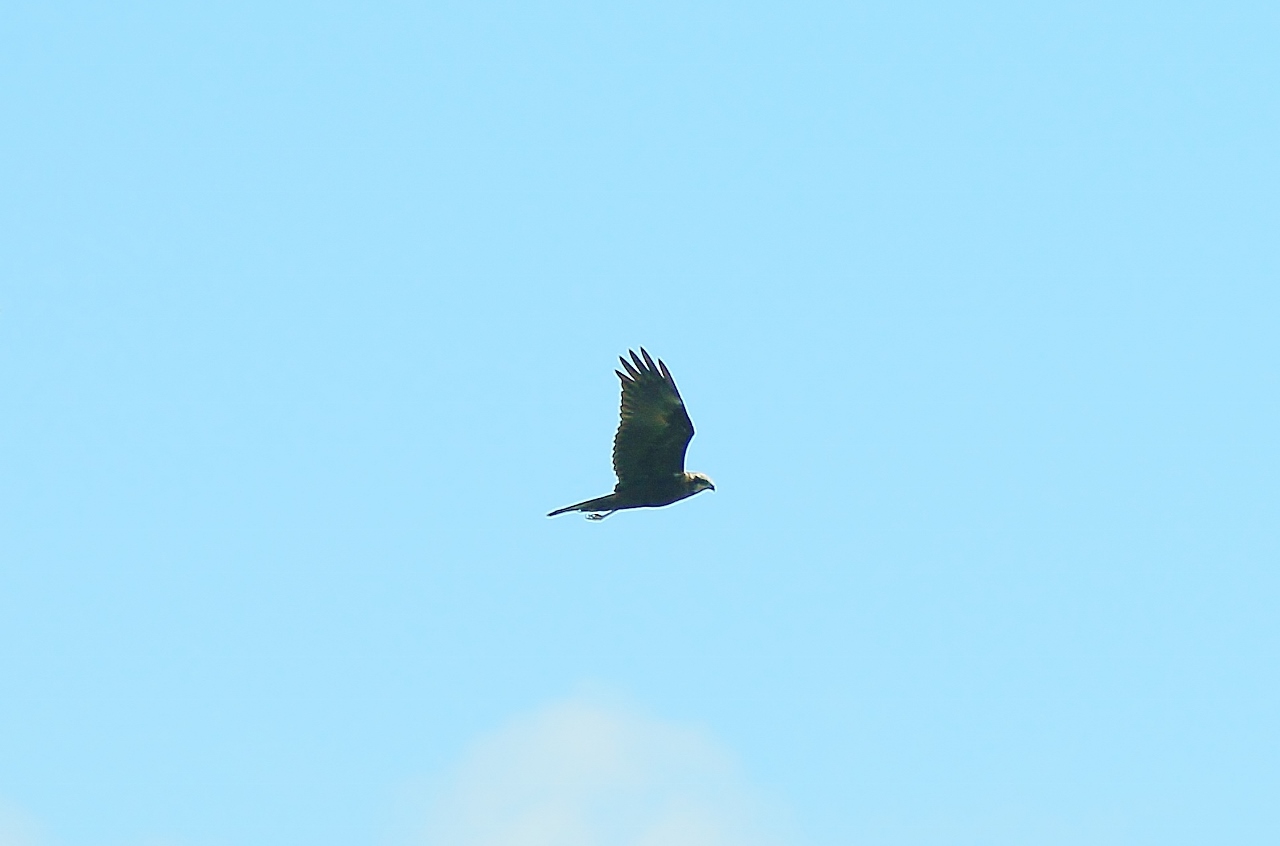
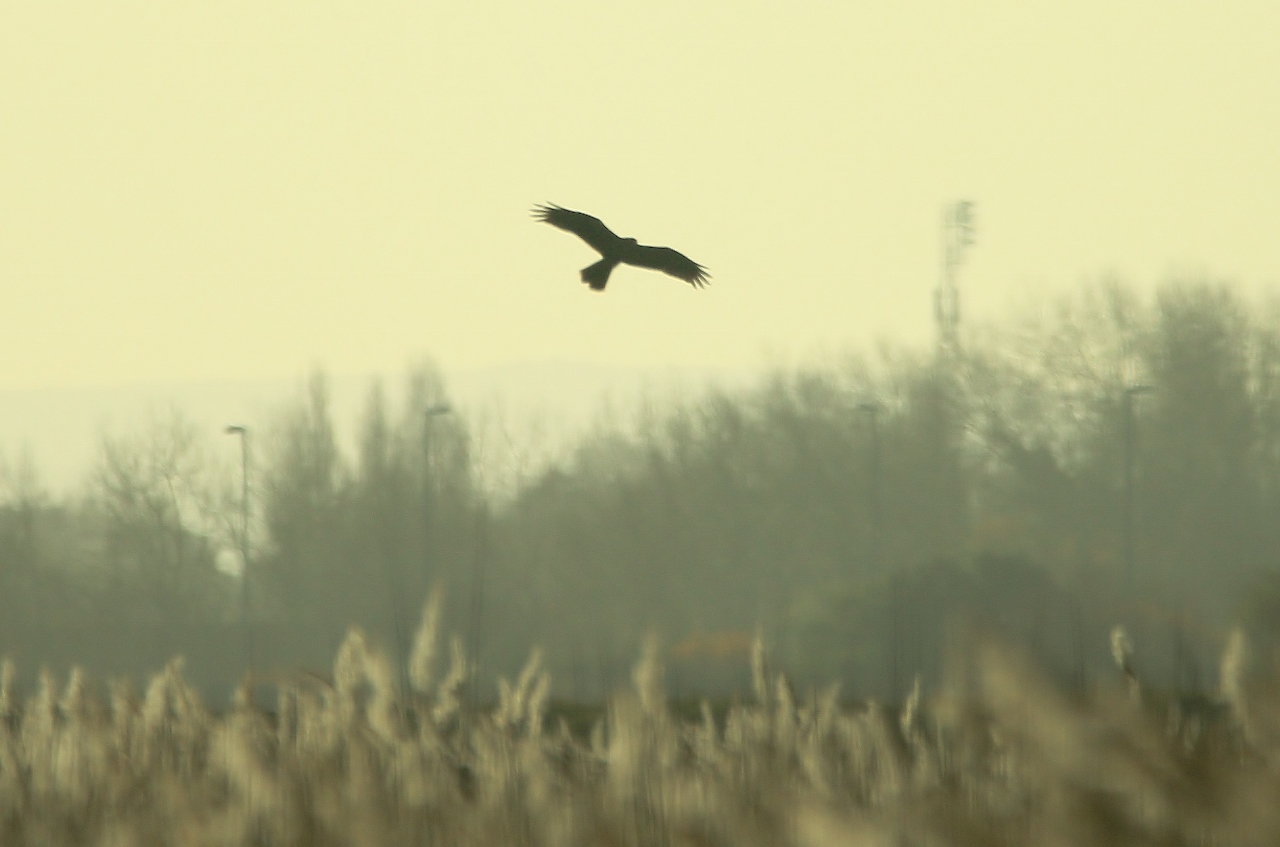



Len Walker
December 20, 2018 at 11:02 pm
Excellent article as always. Happy Christmas Malcolm!